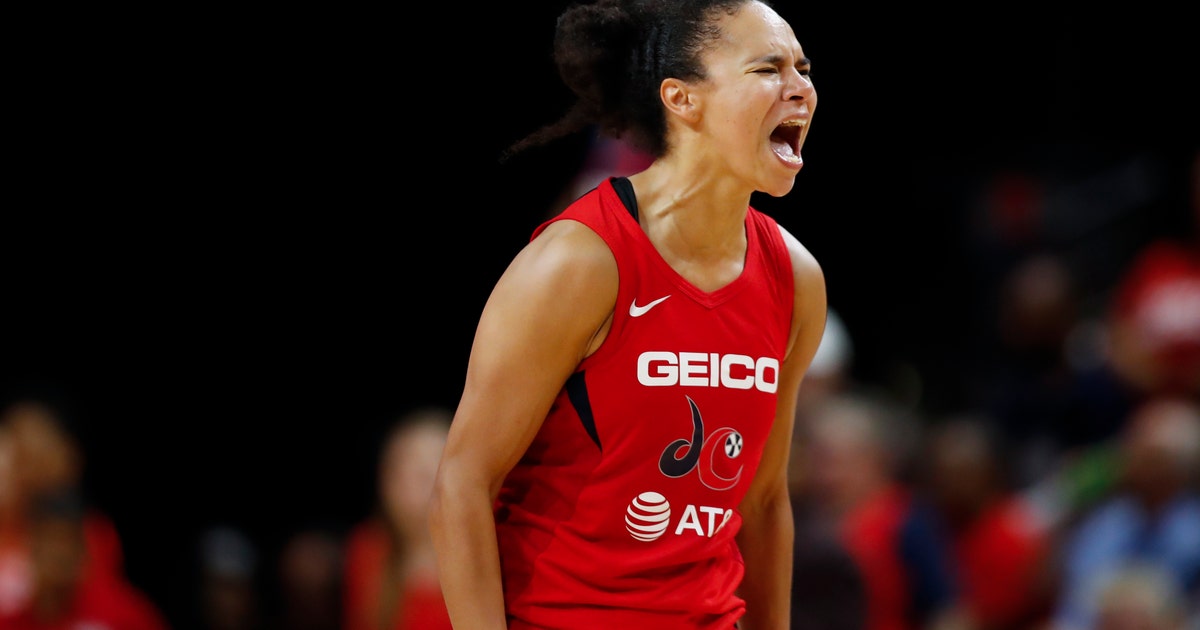Report: WNBA receives high grades again in diversity hiring


A diversity report shows the WNBA remains the leader among all professional sports leagues in hiring women and minorities for coaching and front-office positions.
The league earned an overall A-plus grade, including an A-plus for racial hiring and an A for gender hiring, The Institute for Diversity and Ethics in Sports (TIDES) announced Wednesday.
The WBNA scored 94.8 points in the TIDES rating system, down slightly from last year’s record-setting score of 97.6 points. TIDES also issues report cards for the NFL, MLB, NBA, MLS and college sports.
“From the time they were formed they have been setting the standard for racial and gender diversity among all professional leagues,” said Richard Lapchick, the institute’s director and the lead report author.
Since the WNBA’s inaugural season in 1997, it has held the top position in the racial and gender report cards.
This is the 15th consecutive year the WNBA has received no worse than an A for its overall race, gender and combined grades.
The report states that the league “sets the example for a powerful, inclusive representation across their organization in terms of players, coaches, staff, and administration.”
The WNBA received an A-plus for gender in five categories including team vice presidents and above, assistant coaches, general managers, managers to senior directors and the WNBA league office. The category of head coaches received a grade of A-minus, and the professional team staff category received a B-plus grade.
The WNBA received an A-minus or better for race in all categories.
The WNBA is the most diverse league in professional sports with 45.2 percent of all professional positions being held by women and 29.2 percent of all positions being held by people of color. There are 30 women and 17 people of color serving as vice presidents and above in the WNBA team front offices, according to annual report.
In addition, 15 women and 12 people of color held ownership positions on WNBA franchises in 2019. This represented an increase of one person in the number of women and an increase of one person of color from 2018.
Most owners were limited partners.
There were still some areas that declined in numbers that Lapchick said warrants monitoring and that he will share with the league, most notably the hiring grade at league office for gender and race and the gender hiring on the number of head coaches.
The percentage of women holding professional level staff positions in the WNBA league office decreased for the fourth consecutive year, down to 48.9%, while the percentage of people of color decreased significantly from 55% in 2018 to 46.6% this year. Despite the decreases, both are still higher than any other league covered in the racial and gender report cards.
Lapchick said other leagues can learn from example set forth by the WNBA.
“It shows what can be done if you put your mind to including a diverse structure,” Lapchick said.
The study also notes that 84.2% of the players in the WNBA are people of color, while just 25% of the league’s coaches are people of color. However, the number of assistant coaches who are people of color rose to 61.5%, according to report.
For the 2019 season, there were three African-American head coaches, remaining the same from the 2018 season. There were five women as head coaches in the 2019 season, which was a decrease of one from the previous year.
Lapchick said in a perfect world the number of coaches of color would better reflect the number of players of color, but that the league’s hiring practices continue to outpace other leagues with the NBA being the second-most diverse league.








